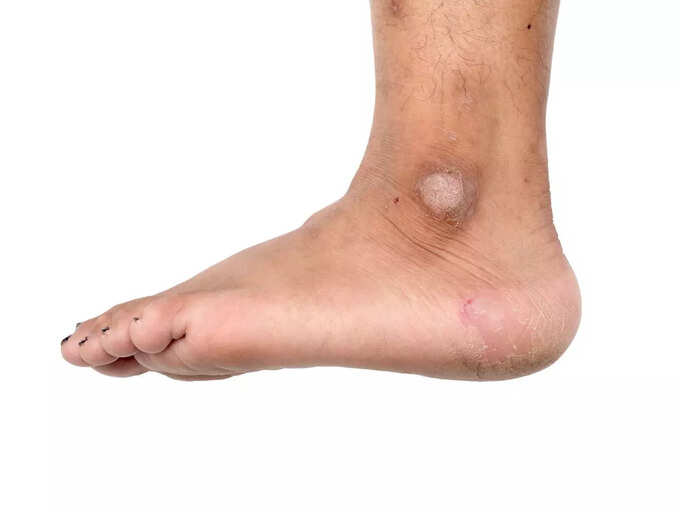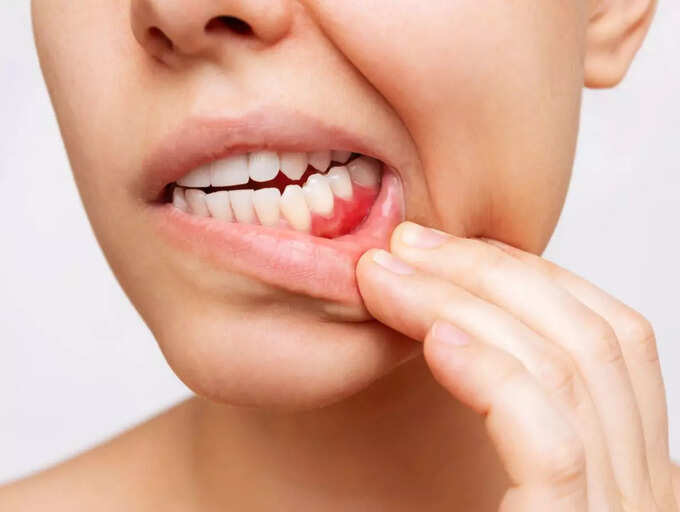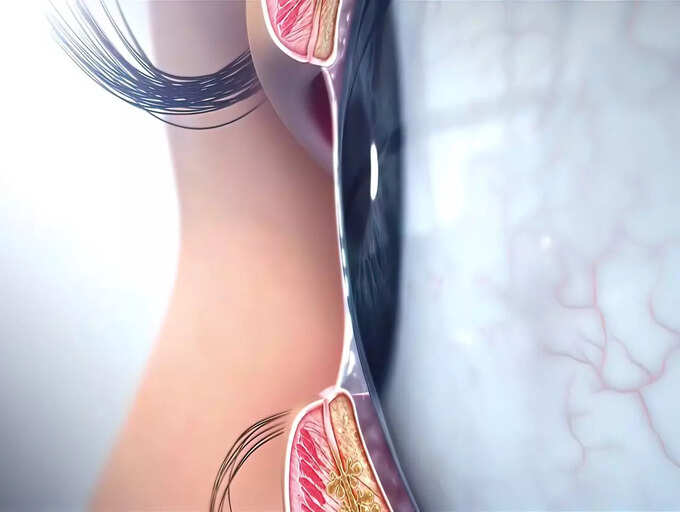Identify key symptoms of pre-diabetes to prevent type 2 diabetes
Prediabetes or borderline diabetes means you have a higher than normal blood sugar level. It's not high enough to be considered type 2 diabetes yet. But without lifestyle changes, adults and children with prediabetes are at a high risk to develop type 2 diabetes. However, progression from prediabetes to type 2 diabetes is not inevitable.
Prediabetes symptoms are often hard to detect. About 84 million people over age 20 in the U.S. have prediabetes, but 90% don’t know that they have it. If you have prediabetes, the long-term damage of diabetes to your heart, blood vessels and kidneys may already be starting. It's important to get blood sugar levels tested, especially if you’re at high risk.
Here are some key symptoms in your body that may indicate prediabetes.
Darkened skin on body folds

Signs of prediabetes can show on your skin. Diabetic dermopathy is a term used to describe the small, brownish spots on the skin particularly in front of the legs. These changes in skin happen due to decrease in the blood circulation to the skin. Affected areas can include the neck, armpits and groin.
Hunger and fatigue

Our body converts the food we eat into glucose which the cells then use for energy. But our cells need insulin to take in glucose. If your body doesn't make enough or any insulin, or if your cells resist the insulin your body makes, the glucose can't get into them and you have no energy. This means we may not be getting the required energy we should, from the food we consume. This can make you feel hungrier and more tired than usual.
Frequent urination and excessive thirst

An average person usually has to urinate between four and seven times in a day, but people with diabetes or even prediabetes may go a lot more. Normally, our body reabsorbs glucose as it passes through the kidneys but when diabetes pushes our blood sugar level up, the kidneys may not be able to bring it all back in. This causes the body to make more urine. The result: You'll have to go more often. Frequently urinating can make you feel very thirsty. When you drink more, you'll also pee more.
Dry mouth

Dry mouth, also called xerostomia, is a lack of moisture in your mouth. Because your body is using fluids to make urine, there's less moisture left for other things. You could get dehydrated, and your mouth may feel dry because you don’t have enough saliva. If you have dry mouth and think you could have prediabetes, you should consult your doctor. High blood sugar and dry mouth together can lead to serious dental problems if they’re not timely treated.
Blurry vision

High blood sugar can make your eye lens swell, which changes your ability to see. Studies show that nearly eight percent of people develop diabetic retinopathy during the prediabetic stage, before they have been officially diagnosed with diabetes. To correct it, you need to get your blood sugar back into the target range. It may take as long as 3 months for your vision to fully get back to normal. Consult your eye doctor as they can offer a more personalised analysis of your problem.
Monitor glucose level with your smartphone
Gmate SMART meter is the only true Smartphone glucometer for diabetic needs. Connect directly to the Smartphone, without the need of a costly adapter. First in its class and weighing in at less than 2 ounces, the Gmate® SMART is the smallest, most innovative blood glucose meter in the world. The Gmate® SMART connects directly to the headphone jack of the phone Headphone jack as a power source and data connection point. Find out more HERE.
Source: timesofindia.indiatimes.com
